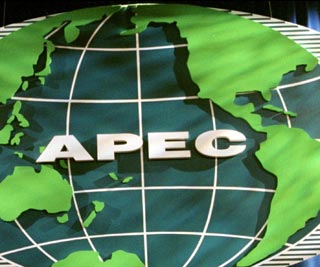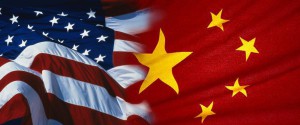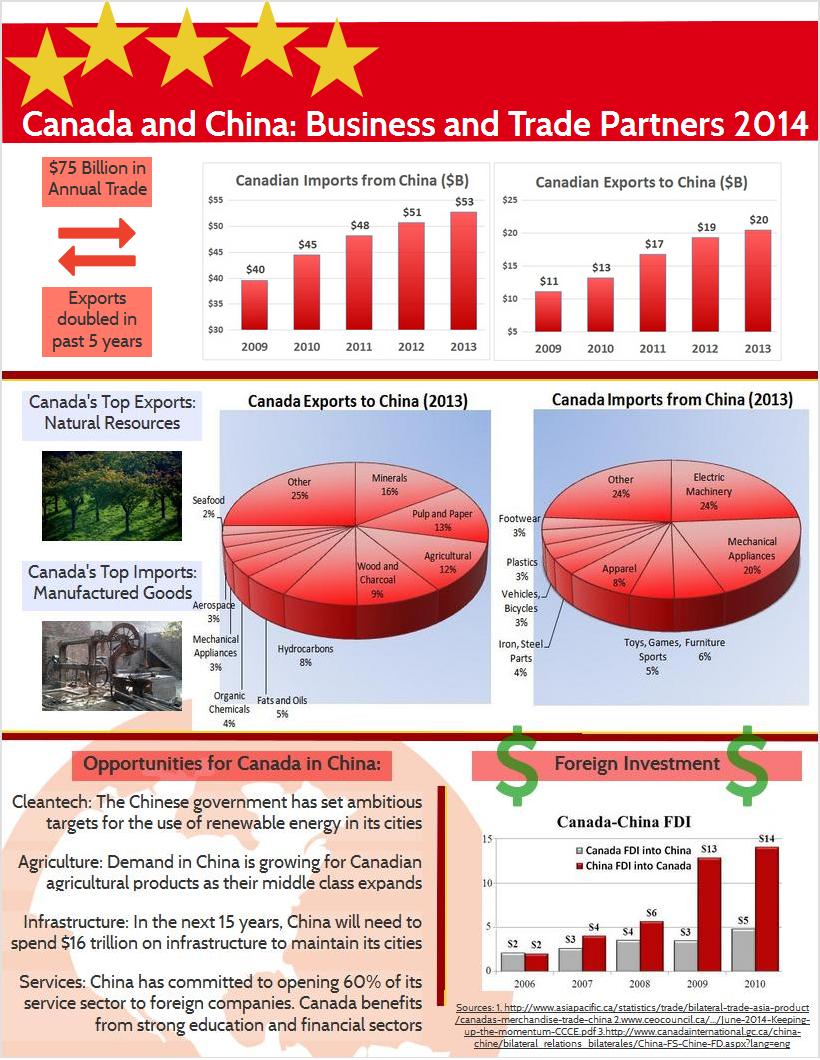[captionpix align=”left” theme=”elegant” width=”350″ imgsrc=”http://natoassociation.ca/wp-content/uploads/2013/10/APEC-2013.jpg” captiontext=”The APEC Economic Leaders’ Week was held in Bali, Indonesia from October 1-8, 2013.”]
Leaders from twenty-one Pacific Rim economies met in Bali this month for a two-day summit of the Asia Pacific Economic Cooperation (APEC). While there, they discussed a number of issues relevant to the Asia-Pacific region, including trade and security.
APEC was founded in 1989 as a forum for the promotion of free trade and economic cooperation among member nations. Since that time, it has overseen numerous efforts to facilitate the liberalization of trade in the Asia-Pacific region, with such programs as its recent Trade Facilitation Action Plan .
Despite gains in tariff reduction– average tariffs in APEC economies dropped from 16.9% at its founding to just 5.5% in 2004 – APEC is sometimes criticized as increasingly irrelevant for two reasons. First, due to the broad expansion of its priorities, and second, due to the duplication of its original trade-building mandate at a macro level through the multilateral trade agreement (MTA) framework of the World Trade Organization (WTO) and at a micro level by numerous, overlapping trade-liberalizing agreements between member states.
The dynamics of global trade negotiation are changing, however. The MTA framework of the WTO, historically the focal point of worldwide trade negotiations, is falling from grace due to the failure of its Doha Development Round of negotiations in 2008. While by no means perfect substitutes, regional agreements are taking the place of MTAs as the most seriously pursued means of trade liberalization.
APEC may, if it acts decisively, occupy an increasingly important niche in this new system. If APEC narrows its agenda and refocuses on its founding goals of trade growth, it could act as a vehicle to help the Asia-Pacific region navigate towards a mean between MTAs and regional economic systems. In doing so, APEC could soften the blow struck to the WTO’s vision of uniform, worldwide reductions to trade barriers by the emergence of regional agreements.
The most obvious potential for facilitation is between the world’s two most ambitious regional FTA projects: the Trans-Pacific-Partnership (TPP) and the Regional Comprehensive Economic Partnership (RCEP). Like APEC, both agreements focus on the Asia-Pacific region. The TPP is a-14 member agreement, led by the United States and excluding China and India. The Regional Comprehensive Economic Partnership (RCEP), by contrast, is being pushed by China and includes all 10 ASEAN member states and its FTA partners, namely, Australia, Japan, Korea, India, and New Zealand, many of whom were spurned in negotiation of the TPP.
If concluded, the RCEP will constitute the world’s largest trading bloc, encompassing approximately 45% of the world’s population and one third of its annual gross domestic product (GDP).
Some commentators fear that the RCEP and the TPP are evolving along parallel but distinctly political lines, and will produce a rivalry detrimental to the trade-building goals of organizations like APEC. This is not a strange thought, given each bloc’s backing by powerful sponsors with divergent regional interests.
A better outcome, backed by most APEC nations writ-large through their 2006 endorsement of a “Free Trade Area of the Asia Pacific”, is the long-term integration of the RCEP and TPP. APEC is uniquely placed to facilitate this. It is a forum which comprises almost all members of the TPP and RCEP, and whose agenda-informing “Bogor Goals”, calling for open trade and investment in the Asia-Pacific region, are the same tenets which nominally inform the TPP and RCEP.
The groundwork necessary to spark such integration is already coming together. Malaysia, New Zealand, Brunei, Singapore, Vietnam, Australia, and, as of this summer, Japan, are participating in both TPP and RCEP negotiations. Julia Gillard, former Prime Minister of Australia, called the agreements, “two paths to the same destination”. APEC possesses a number of practical working groups whose ongoing and concerted effort would be instrumental in resolving disparities between agreements before larger harmonization can be considered actionable. These differences include customs regulations, business travel and certificates of origin, and national data standards.
This is not to say that a Free Trade Area of the Asia Pacific is a simple undertaking. The TPP and RCEP have differences that would require significant political will to harmonize. The TPP, for example, encompasses contentious areas of trade policy that the RCEP leaves untouched, such as labor regulation. Nevertheless, it is a long-term goal to work towards, and one which may yet restore a raison d’etre to APEC.




